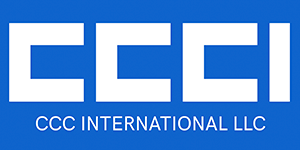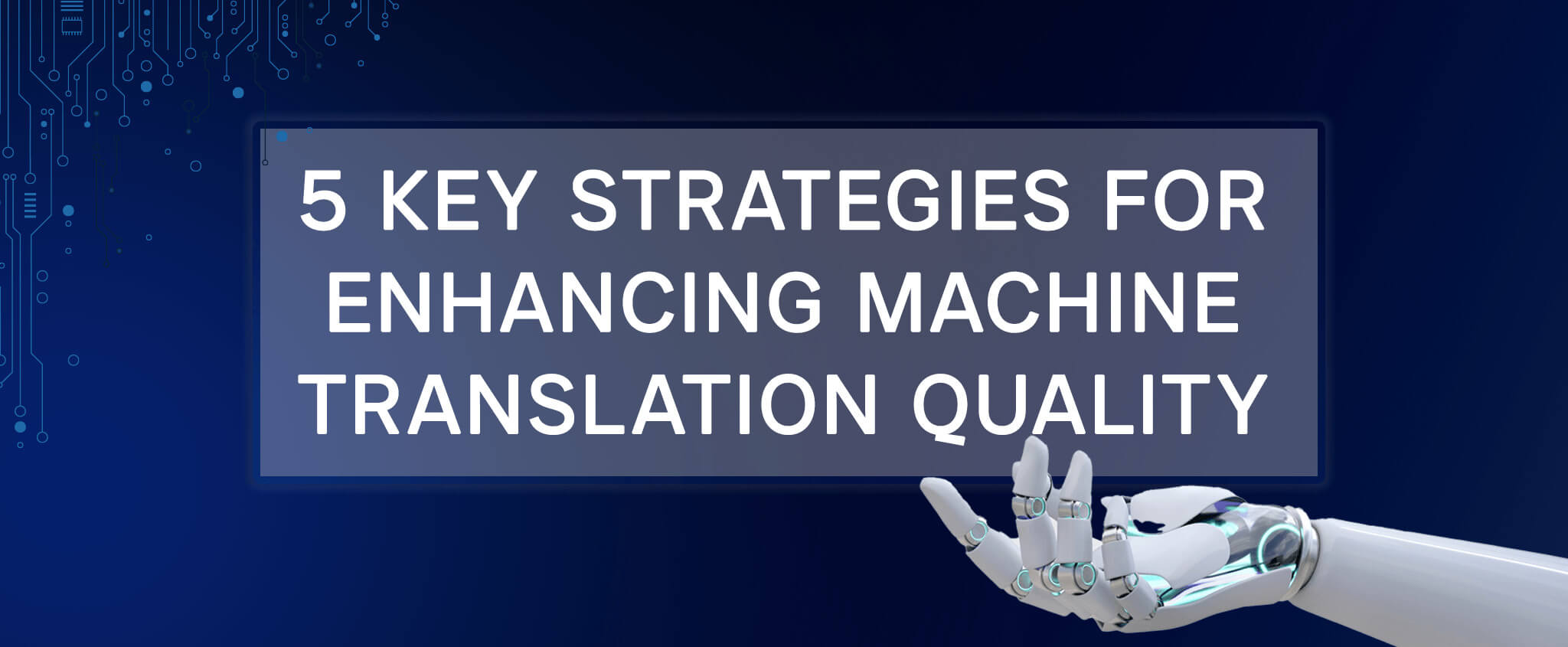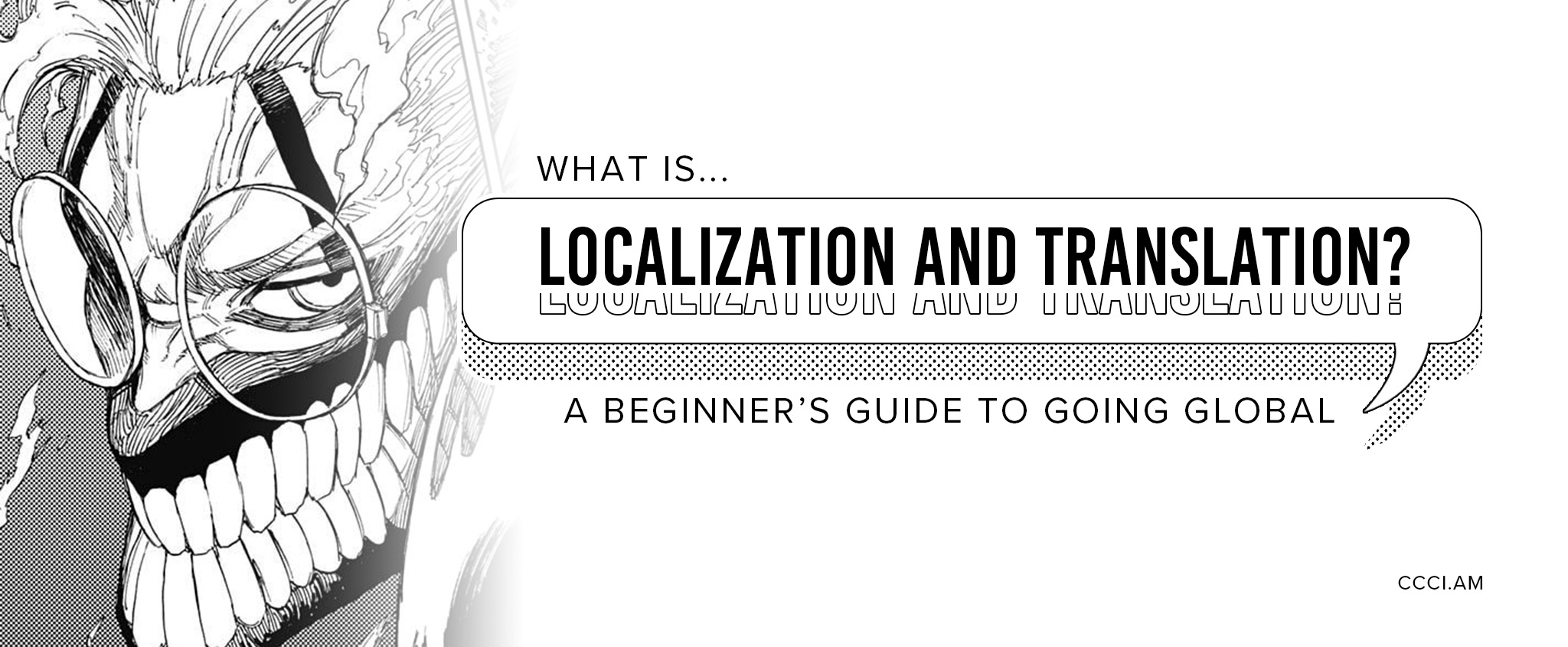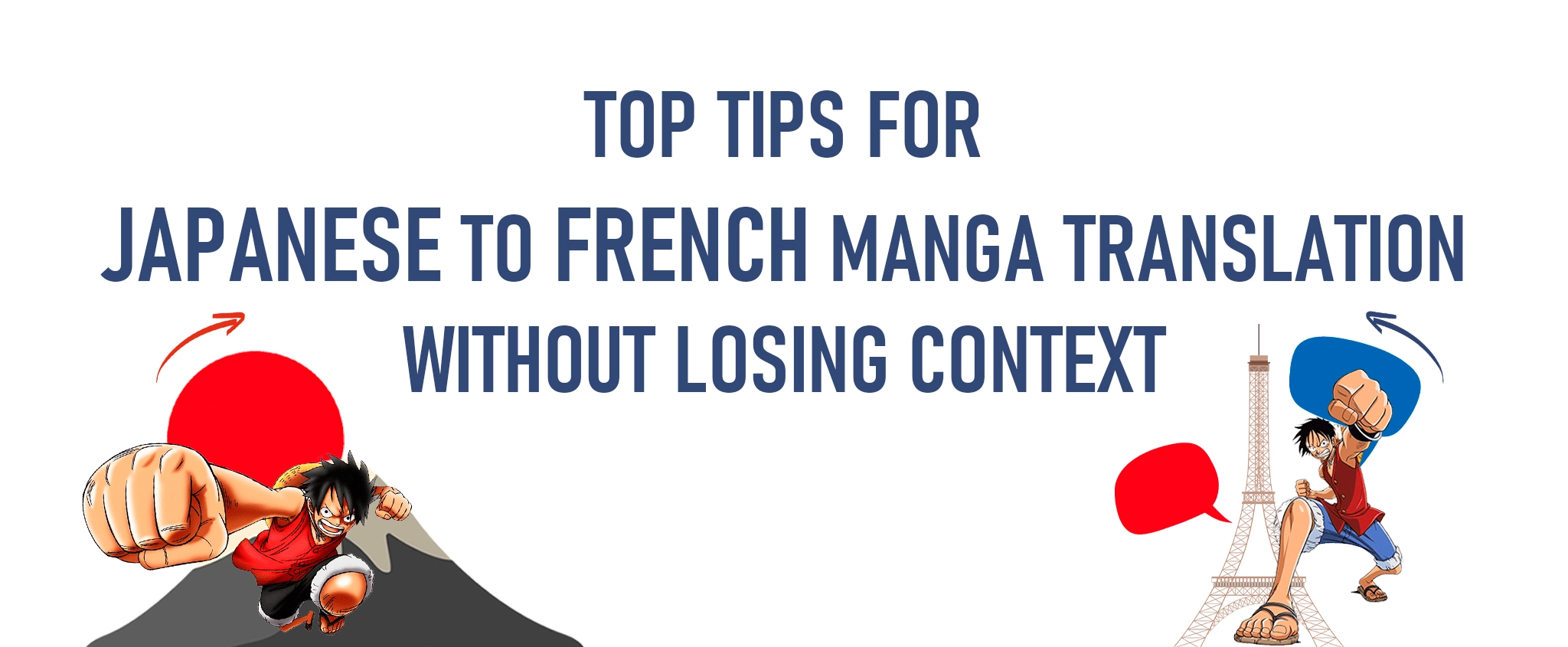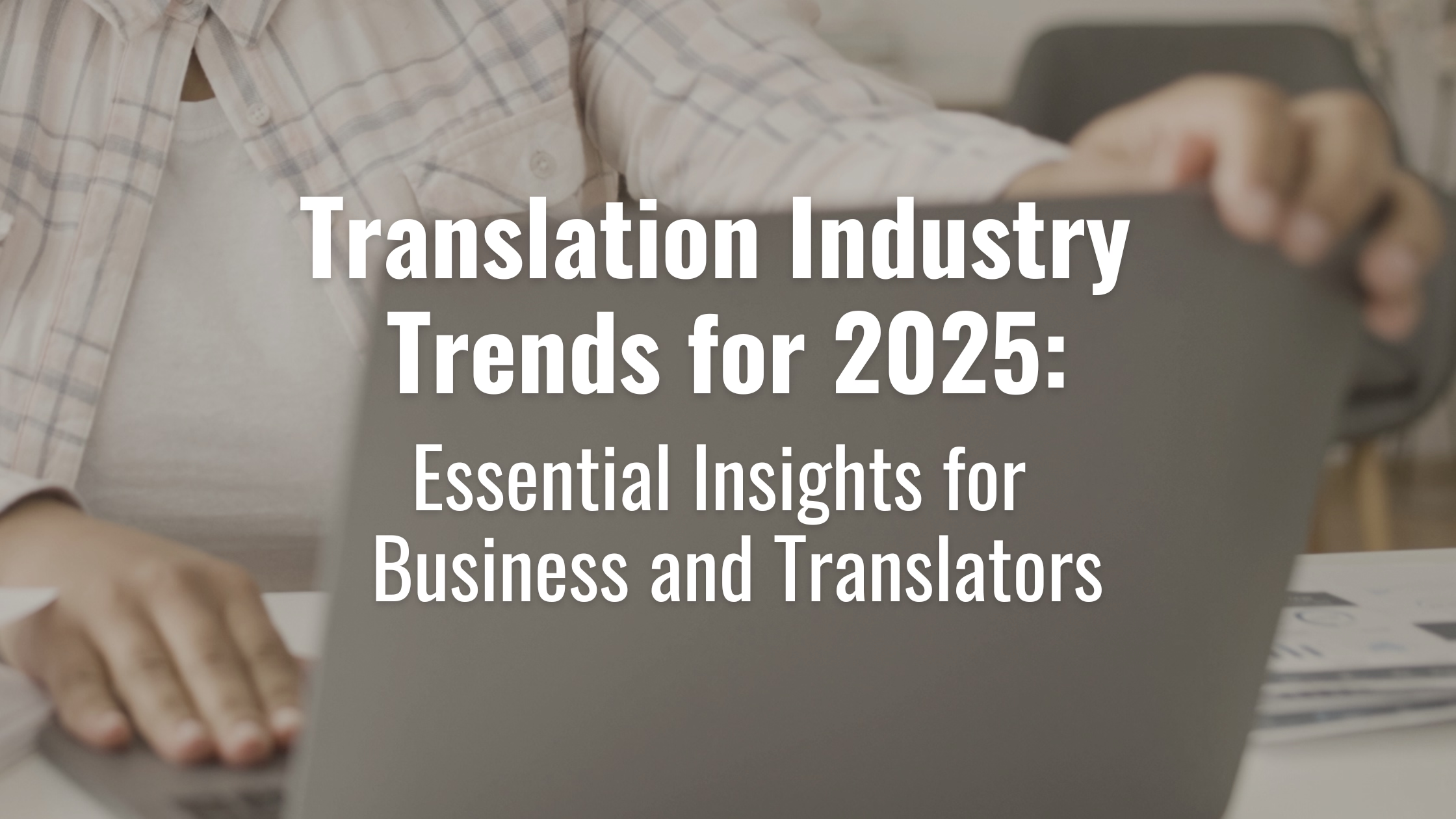5 Key Strategies for Enhancing Machine Translation Quality
Machine translation has emerged as a transformative force in numerous industries, changing how we navigate linguistic barriers and global communication. However, we can only fully realize the potential of this technology when we optimize its quality. The relentless pursuit of more accurate, contextually relevant translations that mirror human fluency fueled the journey toward enhancing machine translation quality. CCC International explores five key strategies to help you achieve the best machine translation quality possible.
Key Takeaways:
- Enhancing machine translation quality hinges on understanding the strengths and limitations of the machine translation system.
- Human-assisted machine translation or post-editing quality assurance is critical in ensuring high-quality translations, requiring human expertise and advanced technology solutions.
- Investing in professional machine translation post-editing services helps businesses reap the maximum benefits of machine translation technology.
Table of Contents:
- What Is Machine Translation?
- Challenges In Using Machine Translation
- Tips On Enhancing Machine Translation Quality
- CCCI: Professional Human-Assisted Machine Translation and Post-Editing Services
What Is Machine Translation?
Machine Translation (MT) is a computational linguistics sub-field that leverages artificial intelligence and machine learning techniques in translating text or speech from one language to another. Like speech data collection and voice data collection, machine translation is one of the critical applications of AI-powered language technologies. The fundamental premise is to automate the translation process and eliminate the need for human translators.
Note: We can broadly classify machine translation systems into six types: Rule-based Machine Translation (RBMT), Statistical Machine Translation (SMT), Neural Machine Translation (NMT), Syntax-based machine translation (SBMT), Hybrid machine translation (HMT), and Example-based machine translation (EBMT).
In 2021, the worldwide machine translation market size achieved a valuation of USD 812.6 million. Experts predict this rapidly growing sector will reach a significant market size of USD 4,069.5 million by 2030. Machine translation ushers many benefits that greatly enhance intercultural communication and global business operations. Some of the significant advantages include:
- Speed: MT can translate large volumes of text in a fraction of a human translator’s time.
- Cost-Efficient: MT comes at a fraction of the cost of traditional human translation without significantly compromising the quality, particularly regarding technical or straightforward texts.
Pro Tip: Invest in tools that understand your specific domain and use case, such as legal, technical, or medical translations. These tools will provide more accurate results, which means less time and money spent on post-editing.
- Scalability: MT systems can easily handle large-scale projects, making them ideal for businesses that need to translate vast amounts of data or documentation.
- Accessibility: With MT, translation services are accessible to a wider audience. Anyone with internet access can translate texts instantly, breaking language barriers effortlessly.
- Continuous Learning: Advanced MT systems leverage machine learning to improve translation accuracy continuously.
Challenges In Using Machine Translation
Despite the numerous benefits that machine translation brings to the table, there are inherent challenges that users often grapple with. Understanding these hurdles is crucial to use MT effectively and steer clear of potential pitfalls.
Linguistic Limitations
MT systems often struggle with nuance, idiomatic expressions, colloquial language, and cultural subtleties, leading to inaccurate translations and misunderstandings, especially in formal business communication.
Dependence on Quality of Source Text
The quality of an MT output heavily depends on the quality of the source text. Poorly written or overly complicated source texts can result in substandard translations, undermining the efficacy of the MT system.
Lack of Context
MT systems typically operate sentence by sentence, which can lead to a lack of contextual understanding. This limitation can cause the translation to lose the intended meaning or essence of the original text.
Post-Editing Requirements
While MT can rapidly translate large amounts of text, the resultant translation often requires post-editing by human translators to ensure quality, accuracy, and readability. This requirement adds to the overall time and cost of the translation process.
5 Tips On Enhancing Machine Translation Quality
Despite the abovementioned challenges, we can employ several strategies for enhancing machine translation quality. Here are five of them to help you achieve the best results:
Use Clear, Simple Language
Clear, simple language is the cornerstone of effective communication. Avoiding jargon, idiomatic expressions, and complex sentence structures can significantly improve the quality of translations. Also, using active voice instead of passive can help the machine more easily discern the sentence structure. The simpler the source text, the better the MT output.
Prioritize Proper Training of Machine Translation Systems
Training MT systems with high-quality, domain-specific data can significantly improve their performance. The more context-specific data the machine is trained on, the better it can understand and translate similar texts. The training data should be diverse, covering various genres, styles, and topics to ensure the system’s adaptability to different translation contexts.
Build a Translation Memory
Translation memory (TM) is a database of previously translated segments that we can reuse in future translations. Incorporating TM into the MT process can improve consistency and accuracy while reducing post-editing time.
Implement Human-Assisted Machine Translation
Post-editing quality assurance is an essential step in the MT process. Using skilled human linguists to edit and review machine-translated texts can help ensure translation accuracy, consistency, and appropriateness.
Prioritize Continuous Machine Translation Improvements
MT systems require continuous maintenance and improvement. Regularly evaluating the MT output, identifying errors, and updating the training data can help enhance its accuracy and improve the translation quality over time.
CCCI: Professional Human-Assisted Machine Translation Services
As a dedicated provider of professional human-assisted machine translation and post-editing services, CCCI plays a pivotal role in enhancing the quality of machine translations. Our data collection and text transcription services help ensure high-quality training data for MT systems.
CCCI is a team of skilled linguists and language experts who work diligently to provide top-notch machine translation post-editing services, believing that quality is paramount in any translation project. We understand that each client’s needs are unique, so we offer a personalized approach to meet your specific requirements.
We also prioritize continuously improving our services, constantly staying up-to-date with the latest developments in MT technology. With us, you can trust that your translations will be accurate, consistent, and appropriate for your target audience.
Your business thrives when human expertise combines with machine efficiency. Leverage the collaborative effort between trained linguists and advanced technology! Contact us today.
